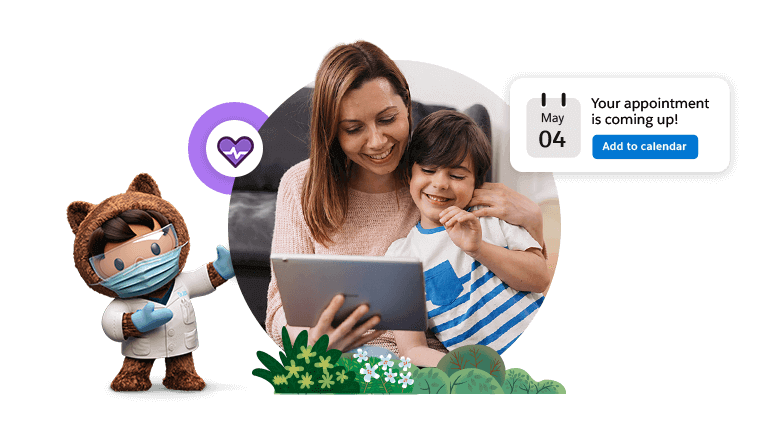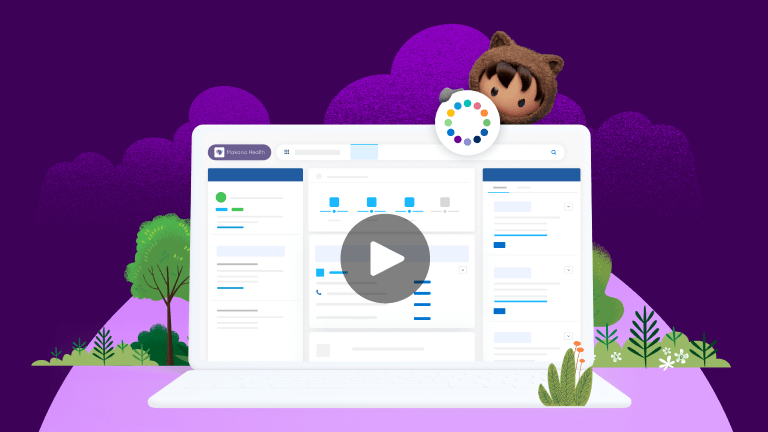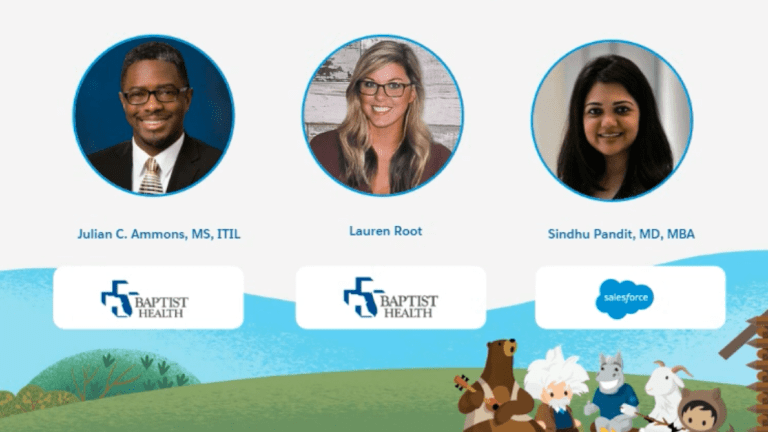How to Boost Productivity in Your Healthcare Provider Call Center
Technology can help reduce costs with automation and increased operational efficiency.
Ninety-six percent of patient complaints are related to customer service. People want more when it comes to their healthcare experiences. The good news is that technology can help healthcare organizations better meet these expectations.
When it comes to improving the overall customer experience, the call center is ground zero. A more productive call center is better able to deliver the kind of service today’s healthcare consumer expects. It not only increases customer satisfaction, it can positively impact an organization's bottom line with improved employee satisfaction, greater operational efficiencies, and reduced costs.
Many healthcare call centers rely on fractured, antiquated legacy systems. This requires service agents to toggle between multiple screens (sometimes up to 10 different programs) and jump through many hoops just to find the answer to a question.
Salesforce is working with healthcare organizations to address this problem. Our Scale Patient Access and Services solution helps modernize call centers so that healthcare organizations can maximize resources and do more with less.
Unlock a holistic view of patients on one platform
Today’s patient experience relies heavily on the individual actions and decisions of frontline staff. Agents deal with multiple systems and data that's not only siloed but hard to surface. This not only creates a terrible experience for the employee and the patient, it's bad for business. Service agents waste time, energy, and resources on manual tasks, and patients grow frustrated by the need to wait on the phone, repeat information, and call in for things they’d rather do themselves. Healthcare organizations need a solution that helps call center agents do their job more efficiently and, in turn, creates better experiences for patients.
At present, 75% of an agent's time on a typical support call is spent trying to find client information. In an era where patients expect more, and businesses are expected to do more with less, improving processes and eliminating inefficiency isn’t just a nice idea, it's a necessity.
Turning the fractured legacy experience into one in which the patient experience is at the core of service center operations isn’t just good for the customer, it improves the employee experience as well. Happier employees foster better customer interactions. They’re also less likely to churn, which saves companies the high cost of constantly having to hire and train new employees.
%20(2).png)
Empower patients with self-service tools
If your back office isn’t automated, it's hard to give patients the front office experiences they desire. Many healthcare organizations may feature things like patient portals, but in reality, they often don't allow the patient to complete all the necessary tasks without calling in. Front-office applications (like customer portals) rely on a foundation of connected data and automated processes to deliver the best possible experience.
Our solutions provide the foundation for powerful self-service tools that give customers the experience they want. This includes things like easily accessing their charts, getting answers to basic FAQs, and completing pre and post appointment tasks. A customer's ability to self-service directly impacts a healthcare organization's service center. If customers can do things on their own, overall call volume goes down, and agents can focus on the patients who require more assistance.
Coordinate care with real time collaboration

Create efficiencies through automation
The fast, efficient workflows embedded in the platform provide agents with dynamic interaction process flows that make it easy for them to help patients schedule an appointment, find the nearest doctor, pay a bill, check on a claim, ask about a result, or request forms. It also notifies them of any information, tasks, or labs that may need to be completed before an appointment or procedure so that they can alert the patient and assure all proper steps have been taken.
Simplifying calls with comprehensive scripts takes the guesswork out of patient interactions and covers all necessary ground. And if an agent needs to escalate the patient to someone else, whether that be for medical assistance or just a higher level of “issue triage,” the platform makes it easy to transfer to care managers, or connect to specialized medical professionals.
Garner real-time insights through unified data and AI
Healthcare platforms that update in real-time give agents the most up-to-date patient information at their fingertips. This includes everything from patient contact preferences to more critical information like insurance details and allergies. An agent will know the minute a patient's insurance provider changes and will be able to flag that a procedure may no longer be covered. If a patient has a newly discovered allergy to a medication, agents will see the updated right away. Being able to act in the moment with the assurance that all information is up to date not only saves time and money, it potentially saves lives.
Coupling the solution’s real-time unified data capabilities with automation and AI gives healthcare organizations valuable insights into every aspect of their service center operations. They can zoom in to track metrics like the frequency of calls from an individual patient, or see which patients might be regularly missing appointments. They can also zoom out to track information across larger patient segments in order to garner important behavioral insights. This enables them to do things like:
- Spot patterns like an influx of calls around certain times of day, months, or year, making it possible to scale staff as needed.
- Track KPIs such as time to resolve and number of calls taken, giving them a window into productivity and enabling them to identify areas for improvement.
- Identify possible issues and alert a patient's provider so they can reach out and address problems before they become a barrier to treatment.
.png)
Invest in the future
At present, 75% of an agent's time on a typical support call is spent trying to find client information. In an era where patients expect more, and businesses are expected to do more with less, improving processes and eliminating inefficiency isn’t just a nice idea, it's a necessity.
We’ve built our solution to help healthcare call centers bridge the gap between the legacy systems of the past and the needs of the future. Investing in the right technology has the potential to create a major improvement in productivity, cost savings, and customer satisfaction.

See how our Scale Patient Access and Services solution can boost productivity in your call center

Deliver connected experiences that put the patient first

How Digitally Enabled Healthcare Can Give Patients the Experiences They Expect






